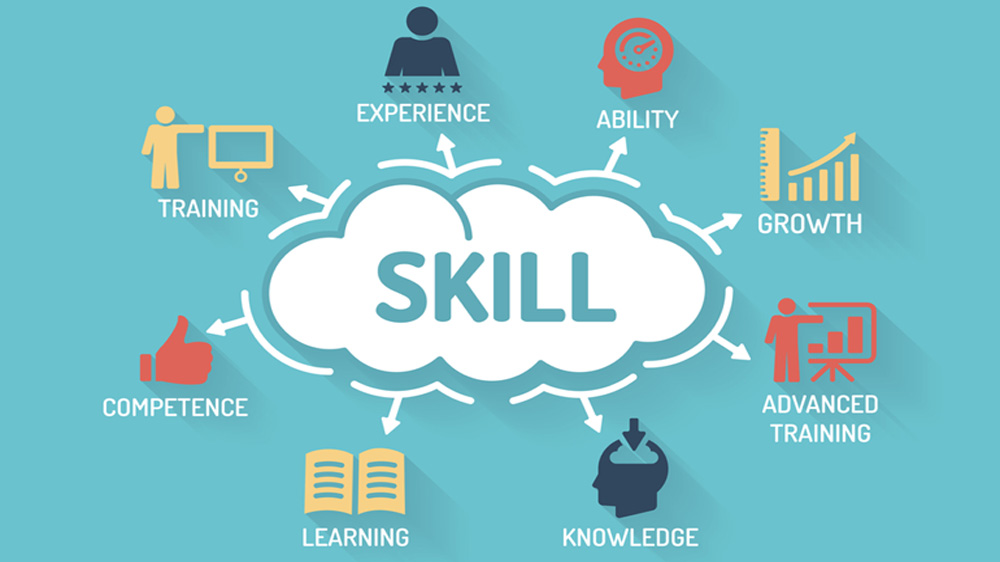How Educational Institutes Can Create Their Market Value?


In the past years, we have witnessed that many educational institutes are adapting Work Integrated Learning (WIL) to make the students future ready and creating their market value as a brand.
However, some colleges are still struggling to provide 100 percent placements to their students and are hampering their own brand value. It is about time that one looked at the other side of the spectrum in order to make a brand value.
Where are they falling short?
Every year we see a number of colleges start popping up in every city but how many of them are capable enough to equip students with all the abilities to perform in their profession.
India has the world’s largest population of about 500 million in the age bracket of 5-24 years and this provides a great opportunity for the education sector. The education sector in India is estimated at US$ 91.7 billion in FY18 and is expected to reach US$ 101.1 billion in FY19.
The number of colleges and universities in India reached 39,050 and 903, respectively in 2017-18. India had 36.64 million students enrolled for higher education in 2017-18. Gross Enrolment Ratio in higher education reached 25.8 percent in 2017-18. According to a recent study, only 34 percent of India's 5 million graduates are employable in any industry.
The challenge is to provide vocational training to almost 500 million people by 2022.
What can be done?
Studies have reported that students, particularly at the undergraduate level, place a high value on work placements.
Two different reviews of multiple studies found that, where workplace experiences are deliberately planned and managed, students are able to:
- develop their professional identity;
- advance their theoretical knowledge and transferable skills;
- communicate effectively to people in diverse roles;
- engage in teamwork, problem posing and solving, and self-management;
- enhance their digital literacy skills; and
- understand at a practical level what ethical practice means.
How can Educators do it?
The Indian government, too, is working towards developing the educational system and has started introducing various skill-based learning, which can be started as part of early education.
SiddarthBharwani, Director of Jetking, said, "Experiential learning courses, i.e. a mix of classroom and practical training, can help increase the retention of students. Presently, only a few institutions offer such courses in India."
"There’s a mismatch of education and skills that young people acquire and what corporates actually require them to possess. Most of our curriculum is obsolete and lacks scope."
Work Integrated Learning (WIL)
Many institutes such as Google, Facebook, BITS Pilani, Wipro, IIMs and IITs to name few have introduced WIL to make the students future ready. The development has just been introduced in some educational institutes but slowly other companies can adopt this if they want to create a brand of their own and achieve a 100 percent placement at the end of the year.
It will also help in boosting the confidence among the students to face the world when they graduate. This will in return motivate other students to join the particular college, in a way the reputation and market value of the college will be created.











